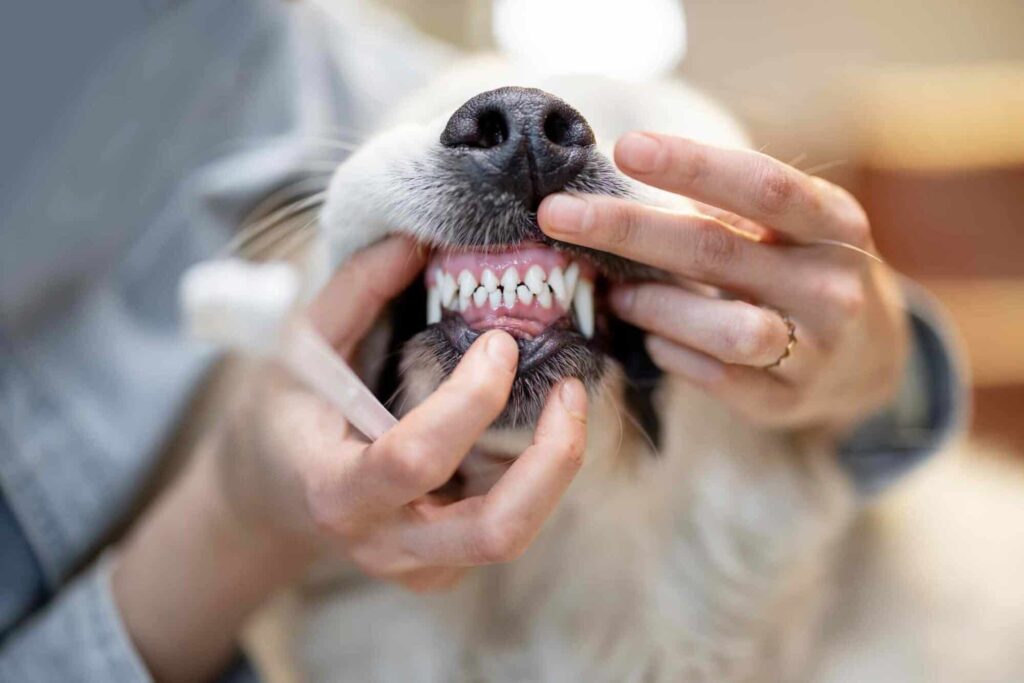Just like humans, pets need proper dental care to maintain their overall health and happiness. Yet, pet oral health is often overlooked, leading to complications that can affect not only the mouth but also other systems in the body. In this comprehensive guide, we will explore why dental health matters for pets, common issues, prevention tips, and actionable advice to ensure your furry companion has a bright, healthy smile for years to come.
Why Pet Oral Health Matters
Oral health is an essential component of your pet’s well-being. Poor dental hygiene can result in plaque and tartar buildup, which can lead to gum disease, tooth loss, and even systemic infections that affect the heart, liver, and kidneys. According to the American Veterinary Medical Association (AVMA), by the age of three, most dogs and cats already show signs of dental disease.
The pain and discomfort from dental issues can impact your pet’s ability to eat, play, and enjoy life. That’s why proactive pet oral health care is not just about aesthetics—it’s about quality of life.
Common Dental Problems in Pets
Understanding the most common dental issues in pets can help you recognize symptoms early and seek timely treatment.
1. Periodontal Disease
Periodontal disease is the most common dental condition in cats and dogs. It begins with plaque that hardens into tartar and causes inflammation of the gums (gingivitis). If left untreated, it can destroy the tissues and bone supporting the teeth.
2. Tooth Resorption
Tooth resorption is especially common in cats and involves the breakdown of the tooth structure. It can be painful and difficult to detect without a vet’s help.
3. Broken or Fractured Teeth
Chewing on hard objects like bones or rocks can cause teeth to break, exposing the nerve and leading to infections.
4. Stomatitis
More common in cats, stomatitis is a painful inflammation of the mouth tissues, possibly related to an abnormal immune response. It often requires long-term management.
5. Bad Breath (Halitosis)
While a bit of morning breath is normal, persistently bad breath can indicate underlying oral problems such as infection or decaying teeth.
Signs Your Pet Has Dental Issues
Look out for these symptoms that could suggest your pet is suffering from a dental problem:
- Bad breath
- Difficulty eating or dropping food
- Red, swollen, or bleeding gums
- Yellow or brown tartar on teeth
- Loose or missing teeth
- Excessive drooling
- Pawing at the mouth
If you notice any of these signs, schedule a dental check-up with your veterinarian as soon as possible.
Preventive Dental Care Tips
Preventing dental issues in pets is much easier than treating them. Here are key strategies to maintain optimal pet oral health:
1. Regular Brushing
Brushing your pet’s teeth is the gold standard for maintaining oral hygiene. Use a pet-specific toothbrush and toothpaste—never human toothpaste, as it can be toxic to animals. Aim for brushing at least 2-3 times a week, though daily is ideal.
2. Dental Chews and Toys
Many dental treats and toys are designed to reduce plaque and tartar buildup. Look for products approved by the Veterinary Oral Health Council (VOHC).
3. Professional Cleanings
Your vet may recommend annual or biannual professional dental cleanings under anesthesia. These cleanings allow for a thorough examination and removal of plaque below the gumline.
4. Oral Rinses and Water Additives
Antibacterial oral rinses and water additives can help reduce bacteria and freshen breath, especially for pets that resist brushing.
5. Diet and Nutrition
Feeding your pet a high-quality diet can contribute to better oral health. Some pet foods are specifically formulated to reduce tartar.
Creating a Dental Care Routine at Home
Establishing a consistent dental care routine can significantly improve your pet’s oral health.
- Start Slowly: Introduce dental care gradually. Let your pet sniff the toothbrush and taste the toothpaste first.
- Positive Reinforcement: Use treats or affection to reward cooperation.
- Consistency is Key: Regularity makes the routine easier for both you and your pet.
- Monitor Progress: Keep an eye on your pet’s mouth for signs of improvement or worsening conditions.
How Veterinarians Help
Your vet plays a critical role in maintaining your pet’s oral health. They provide:
- Comprehensive dental exams
- X-rays to identify hidden issues
- Professional cleaning and polishing
- Extractions of diseased teeth
- Recommendations for home care products
Regular check-ups ensure that any dental issue is caught and treated early, avoiding more serious problems down the road.
Special Considerations for Different Pet Types
Dogs
Certain breeds like Bulldogs, Dachshunds, and Yorkshire Terriers are more prone to dental issues due to the shape of their mouths. Small breeds often suffer from overcrowded teeth, which increases the risk of tartar buildup.
Cats
Cats are susceptible to unique conditions, such as feline odontoclastic resorptive lesions (FORLs) and gingivostomatitis. Early detection and specialized treatment are essential.
Other Pets
Rabbits, guinea pigs, and ferrets also require dental attention. Overgrown teeth can interfere with eating and cause serious health concerns. Offer appropriate chewing materials and consult a vet familiar with exotic pets.
Myths About Pet Dental Care
Let’s debunk some common misconceptions:
Myth 1: Bad breath is normal in pets.
Fact: Persistent bad breath is often a sign of dental disease.
Myth 2: Dry kibble cleans teeth.
Fact: While dry food may reduce plaque slightly, it’s not a substitute for brushing or professional cleanings.
Myth 3: Pets don’t need dental care unless there’s a problem.
Fact: Preventive care is vital to avoid pain, infection, and costly treatments.
The Cost of Neglect
Ignoring pet oral health can lead to significant health issues and financial burdens. Advanced dental disease may require extractions, surgeries, and antibiotics—all of which can be expensive. Preventive care is far more cost-effective in the long run.
Conclusion
Your pet’s smile is more than a cute expression—it’s a window into their overall health. By prioritizing pet oral health through routine care, regular vet visits, and preventive measures, you ensure your beloved companion enjoys a happier, healthier life.
Start small, stay consistent, and work with your veterinarian to create a dental care plan tailored to your pet’s needs. A brighter smile is just the beginning of a lifetime of well-being.





